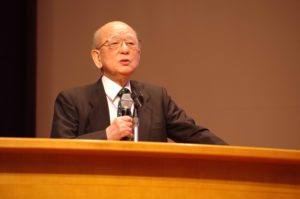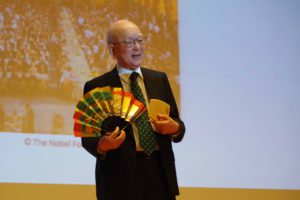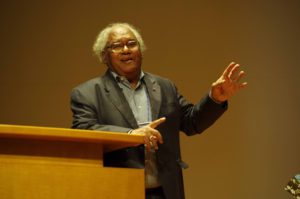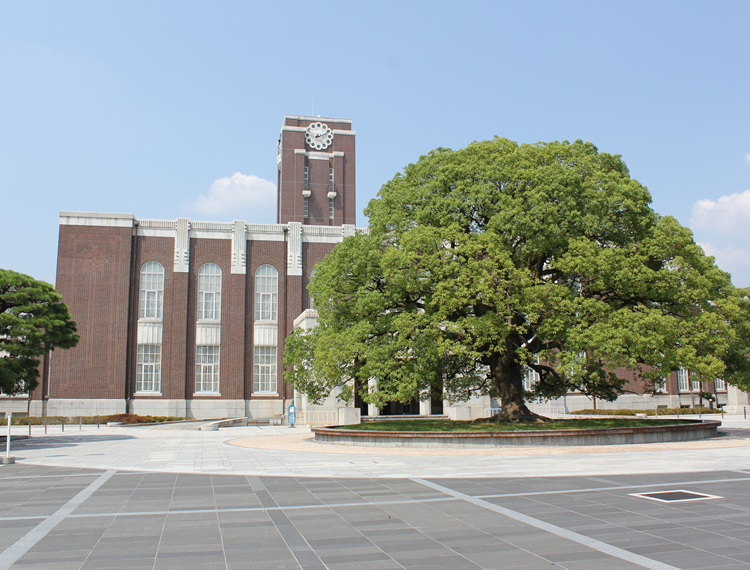The plenary lecture 4 on carbohoration by Suzuki coupling was delivered by a novel lauriate of professor Suzuki at the Hokaito University, Japan. And then the plenary lecture 5 on Inorganic Graphene Analogues Recent Results was delivered in the same auditorium by Professor C.N.R. Rao at the Jawaharlal Nehru Centre for Advanced Scientific Research,Bangalore, India.


These two speakers are still healthy even though over 80 years old and still have very strong energy and enthusiasm without aging effect. Professor Rao have carried out research on materials chemistry on various functional inorganic materials. He described new 2D materials for H2 evolution as followings: Several years ago graphene has been a sensational discovery and there are so many publications on graphene and graphene oxide. These nanosheet materials are called 2D materials. Particularly graphene is conductive materials, but not semiconductor. In the last two to three years, there has been effort to prepare graphene-like layered inorganic materials such as MoS2, WS2, GaS and BN. Several methods of synthesis of such nanosheets have been developed. Some of the recent results on few-layer transit metal chalcogenides(TMC) such as as SnSe, MoSe, WSe, and BN was presented. Specially interesting are the physical properties of these nano materials such as magnetism and superconductivity. Transistors and devices have been fabricated with many of the layered inorganic materials. A new graphene-like material is BxCyNz with high surface area and novel gas adsorptive properties. These materials have other extraordinary properties, their use as electrocatalysts being specially noteworthy. Specially noteworthy are the novel materials obtained by cross linking MoS2 with other 2D materials or by functionalizing MoS2 sheets. Thus, interaction of electron donor and acceptor molecules has unraveled the electronic structure and properties of phospherene. Covalent cross-linking C3N4 and MoS2 favors photochemical splitting of water. TIO2 was very good photocatalytic materials, however, the H2 evolution efficiency was not enough. 2D materials can be made by sonochemistry method and chemical decomposing, and adding another functional groups by Suzuki coupling method. This Suzuki coupling method was well introduced by the former plenary speaker. These 2D nano materials of MoS2, SnSe, graphene and BN can be functionalzed by adding another group such as MOF (metal organic frame materials) between the mono layers of 2D materials by Suzuki coupling method. These functionalized 2D materials showed the 10 times higher than the current developed semiconductor materials for water splitting.

After the plenary lecture, there was only one question. It was “What is the chemical bonding between 2D materials and functional groups? It is a covalent bonding”
